Remediating Expansive (Shrink-Swell) Soils

What is an Expansive (Shrink-Swell) Soil?
Expansive soil is one of the more problematic soils due to its ability to cause damage to roads, foundations, and other various structures as it undergoes significant volumetric changes (shrinking and swelling) related to changes in water content. Swelling occurs as expansive soils, also known as fat clays, absorb water. For example, after a heavy precipitation event or rise in the groundwater table, swelling can occur. Conversely, as they dry and desiccate, expansive soil will shrink, harden, and often crack. It is the unique clay mineralogy of expansive soils that produces this often-undesirable tendency to swell and shrink. The extent of shrinking and swelling is influenced by the amount and types of clay in the soil. The most common expansive clays, differentiated by their clay minerals, include smectite, bentonite, montmorillonite, beidellite, vermiculite, attapulgite, nontronite, and chlorite.
Let’s get started.
Soft, Saturated Expansive Clay

Hard, Desiccated Expansive Clay
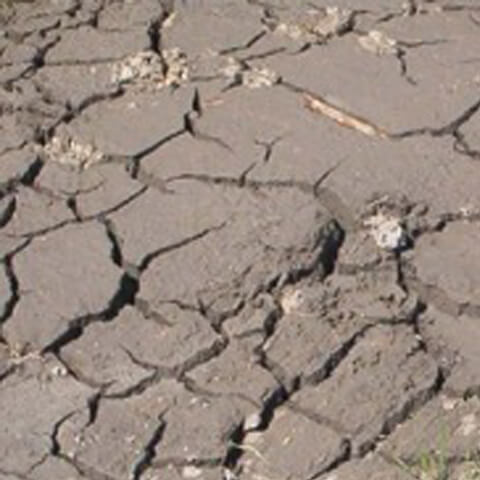
Concerns with Expansive (Shrink-Swell) Soils
Due to the shrinking and swelling behavior, expansive soils may cause the following problems in structures or construction projects:
- Structural damage to sidewalks, driveways, parking lots, and roads
- Lifting or differential settlement of buildings,
- Cracks or deformations in basements, walls, floors, and ceilings
- Damage to pipelines and other public utilities
- Lateral movement of structures due to pressure exerted on vertical walls
- Loss of residual shear strength causing instability of slopes and embankments
Therefore, it is essential that a subsurface investigation determine the presence of expansive soil and, if discovered, that a suitable treatment method be adopted before beginning construction.
Damage Resulting from Untreated Expansive (Shrink-Swell) Soils
Bowed Asphalt Pavement
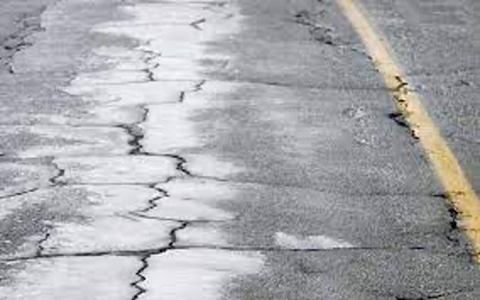
Cracked Structural Wall
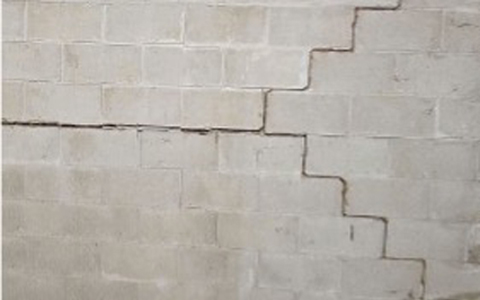
Testing for Shrink-Swell Soils
Once a soil survey and subsurface investigation including adequate soil sample collection for a project has been completed, there is a suite of different tests that can be used to help identify the presence and severity of expansive soils. These range from as basic as performing Atterberg Limits on the soil to utilizing fully automatic consolidation and swell soil testing equipment. Two common laboratory test methods commonly used in the United States are: ASTM D4829-21: “Standard Test Method for Expansion Index of Soils” and ASTM D4546-21: “Standard Test Methods for One-Dimensional Swell or Collapse of Soils.” These test procedures provide an indication of the swelling potential of clay soils and allow the geotechnical engineers to evaluate their impacts for a civil project.
A benefit of working with Mintek Resources is that we have a fully equipped soils laboratory within our Innovation Center capable of verifying our customers’ existing and chemically treated project soils’ engineering properties, including any shrink-swell concerns.
Options for Dealing with Expansive (Shrink-Swell) Soils
So, what to do should you find yourself in the situation where you do have expansive soils within your project footprint? Typically, your options are limited to removing the expansive soils and replacing them with a suitable fill or chemically treating the in-situ soil to alter its mineralogical orientation such that it dramatically reduces or eliminate the soil’s ability to shrink and swell. Often the fastest, most economical, and environmentally friendly method for dealing with expansive soils is to remediate them in place. This option often eliminates disposal costs, additional trucking in-and-out of materials and results in a superior, chemically modified soil with dramatically improved engineering properties.
Precautions when Chemically Stabilizing Soil
While chemical stabilization provides many improvements to the engineering properties of the site soils, there are two potentially adverse reactions that should be accounted for. First, although rare, soils that contain large amounts of soluble sulfates (> 3,000 ppm) could react with calcium ions (provided from the addition of Portland cement or lime) to form an expansive mineral known as ettringite. Testing for soluble sulfates should be completed to rule out this concern. Second, the addition of lime-based products to a soil will increase the pH of the soil to a level that is not desirable for the root establishment of plants and grasses. As such, a layer of topsoil should be used where tress will be planted, or other grass and vegetation is desired.
Lime Treating Expansive (Shrink-Swell) Soils
Lime offers many benefits to clayey (plastic) soils, but specific to expansive soils, quicklime (calcium oxide) and other lime bearing products like Calciment® chemically alter clay soils to permanently reduce or eliminate their shrink-swell potential. This literal modification is the result of a cation exchange that occurs as lime interacts with moist, clay soils. The divalent calcium cation (Ca++) from calcium hydroxide replaces the single valence cations that are normally absorbed on the surface of clay particles in the soil. This results in a dramatic reduction is size of the diffused water layer that surrounds each of the clay particles. Additionally, the clay’s particles are reoriented from a “face-to-face” alignment to a much stronger, more stable “edge-to-face” alignment.
Untreated “Face-to-Face” Orientation

Lime Treated “Edge-to-Edge” Orientation

Benefits of Lime Modification on Expansive (Shrink-Swell) Soils
Realignment of the clay particles changes the soil texture from plastic clay to a friable, sand-like material, reduces soil plasticity, reduces the soil’s capacity for volume changes due to moisture changes, increases the soil’s optimum moisture content for compaction and significantly increases the soil’s strength after compaction.
- Substantial increases in soil properties, including unconfined compressive strength, shear strength, CBR, resilient modulus and plasticity reduction.
- Immediate and continued strength gain with time.
- Reduction of volume changes in expansive clay soil.
- Transformation of sticky, difficult to handle and compact soil to friable, less plastic desirable soil.
Site Transformation: Photos of Wet, Fat Clay Soil
Before Lime Treatment
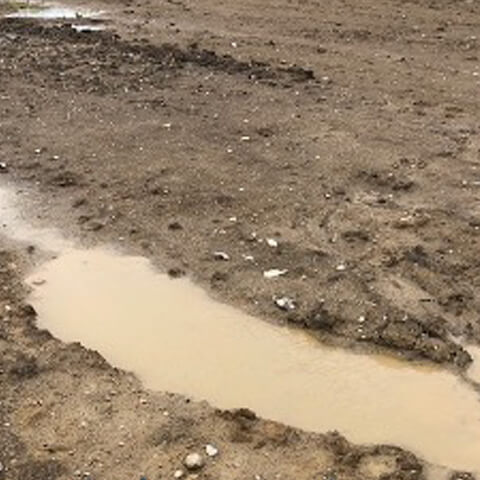
During Lime Treatment
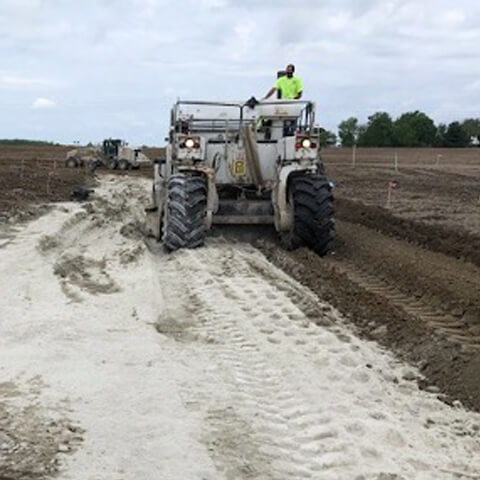
After Lime Treatment

We're here to help you find the best solution for your next project. Let's get started. Give me a call at 937-641-9901.

Josh Weser
Mintek Resources
Related Posts
Cold Weather Liming for Construction Sites: Everything That You Need to Know
Winter construction doesn't have to mean costly shutdowns. Cold weather liming for construction sites leverages the exothermic reaction of lime-based products to dry, modify, and stabilize soils even in freezing conditions. This comprehensive guide covers the science...
Tariffs Disrupt Construction: Lime Keeps Projects Moving
Tariffs are reshaping the construction landscape. From cement and steel to aluminum and other essential materials, shifting trade policies are creating ripple effects across the industry. Even when prices hold steady, the uncertainty around future costs and sourcing...
Unlocking Pavement Potential: The Long-Term Value of Chemically Stabilized Subgrades
A Foundation in Crisis America’s roadways are the backbone of its economy and daily life, yet they continue to show signs of chronic underinvestment. According to the American Society of Civil Engineers’ 2025 Infrastructure Report Card, the nation’s infrastructure...